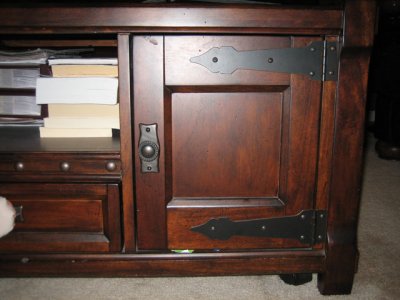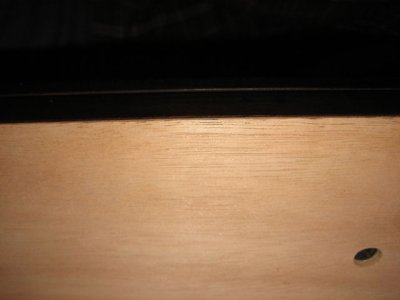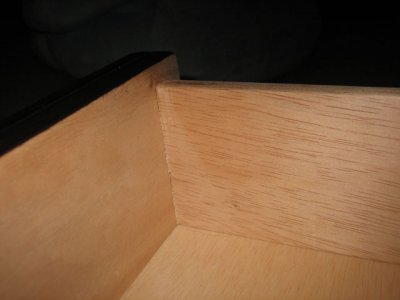nogascans
Member
I believe the reason the green strips should be shorter than the legs is because you don't want then to take the load of the tank and transfer it to the floor (at four points instead of the whole base).
That is solely the responsibility of the top > legs > base > floor.
Someone correct me if wrong.
Sincerely,
David
That is solely the responsibility of the top > legs > base > floor.
Someone correct me if wrong.
Sincerely,
David







